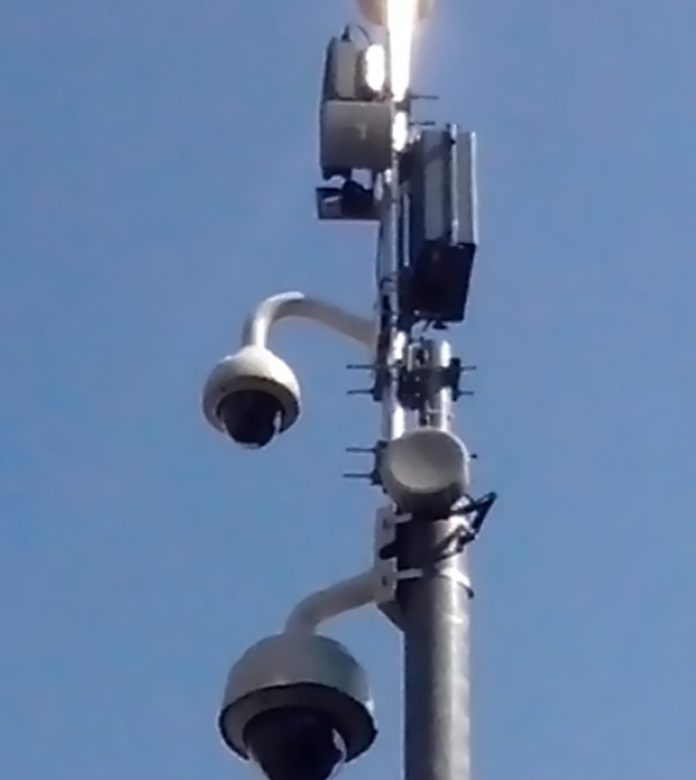Stratumseind is a well-known late-night hot spot in Eindhoven. It is especially busy during Carnaval. And where so many people and alcohol mix, problems are bound to arise.
The Eindhoven police use various cameras placed all around the area to keep an eye on things. If a suspicious situation was picked up by the system, the City’s control room informed the police. The police then watched live via these cameras to see whether something was indeed amiss. No images are recorded.
During this last carnival weekend, however, new motion sensors were tested at Stratumseind. These cameras and other sensors were used to gather data. An Artificial intelligence system then analysed whether certain body movements are made out of excitement or as part of an (upcoming) fight. The sensors in Stratumseind reacted specifically to arm and leg movements.
Are they fighting or dancing?
Datasets with all kinds of images of moving people were then employed to analyse these movements. These images included people dancing enthusiastically and those who were about to fight, or already in one. The system learned from this and could, therefore, also recognise new situations based on the images it had already seen.
“We also analysed sound,” says Tinus Kanters, project leader at the Dutch Institute for Safety and Security (DITSS). DITSS developed the monitoring system. “We fed the system with datasets there as well. For example, it can recognise the ringing of glass, but it can also recognise stress levels in someone’s voice.”
“If we perceived the latter, we could also distinguish between levels of stress. Is it from someone at an exciting bachelor party and the anxious cry of someone in a threatening situation? With Carnaval, there is even more background noise than normal. So, it was also ideal for testing the system and seeing if it can still make a good distinction between these sounds.”
Good time to test ability
“Carnaval was really a good time to test this,” Tinus says. “There are a lot of people around, and we can see if the system understands even when people are wearing strange costumes and big feathers.” He hopes to receive the results back from the police soon.
“Then we will know which reports were correct and which were false alarms. That will help us to evaluate the system. Our goal with this project is to support the control room. The technology can do a lot, and we can allow it to work optimally for us.”
Source: Brainport Eindhoven
Translator: Melinda Walraven
















